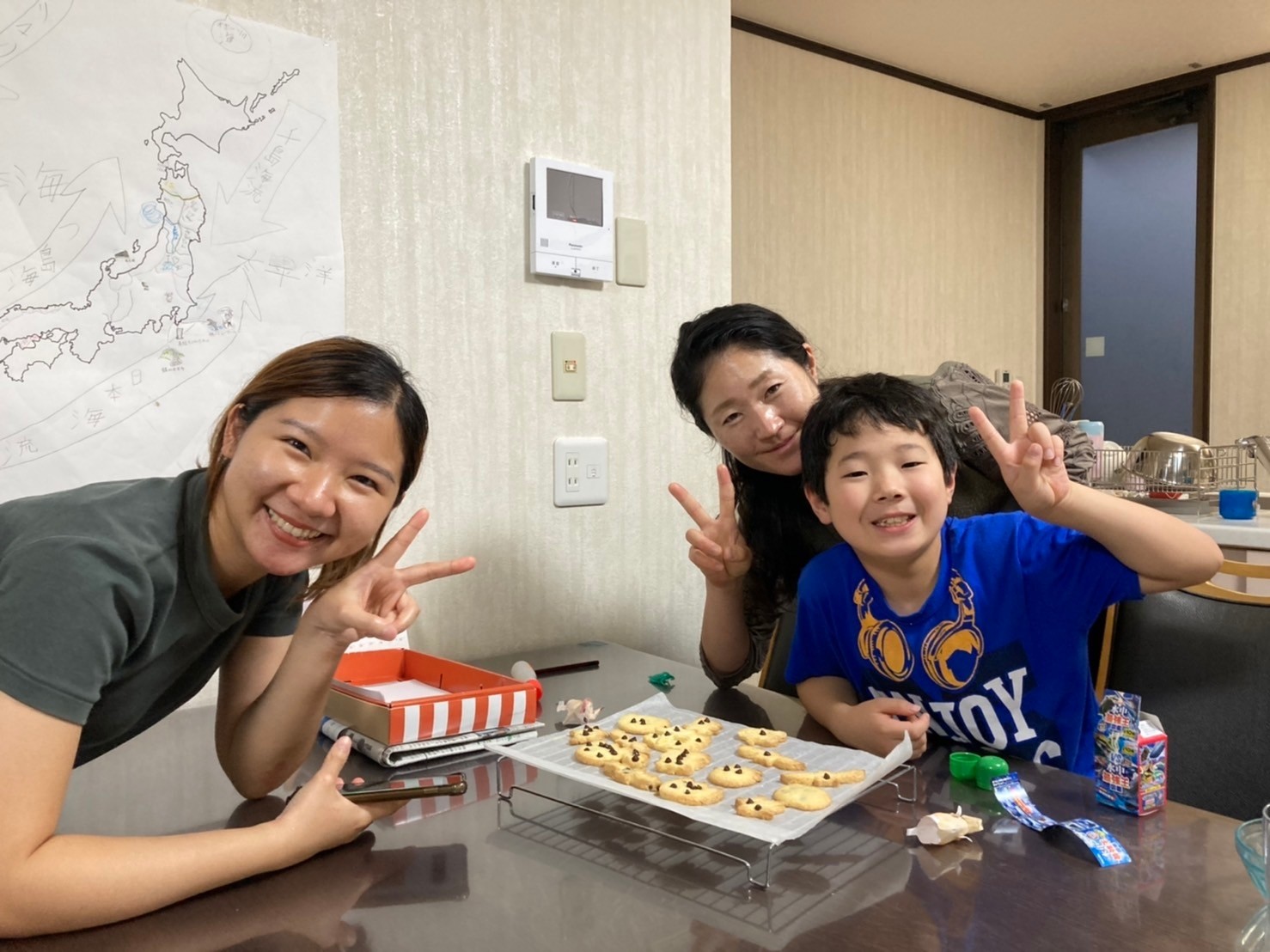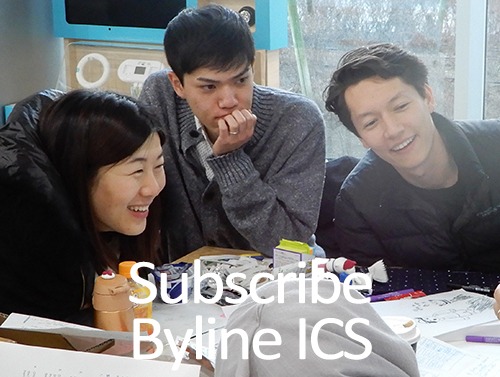Nico Moreno, an alumnus from the MBA Class of 2021, reflects on his transformative journey from founding a watch brand in the Philippines to pursuing an MBA at Hitotsubashi ICS. In his reflection, he shares how his search for deeper knowledge and perspective in watchmaking led him to Japan, where he encountered the SECI model of knowledge creation and the concept of 'Shokunin,' the spirit of the artisan. He discusses the challenges, insights, and motivations that shaped his decision to join the ICS program and how this experience helped guide the next chapter of his ongoing story.
The Art of Knowledge Creation: Evolution in Business & Watchmaking
Posted by
Nico Moreno on Feb 14, 2025 11:30:00 AM
Topics: Japanese Culture, Alumni Voice
Homestay Experience in Japan | Student Voice
Posted by
Punyavadee Yiengsubhanond on Jan 22, 2022 9:54:00 AM
In this Byline ICS piece, Pun MBA Class of 2020, whom we previously interviewed regarding her Japanese Language studies, shares her experience of doing a short-term homestay with a family in Tokyo. Read in this blog post why she decided to live with a host family and the rewards this experience has brought.
Topics: Japanese Culture, Life at Hitotsubashi ICS, Student Voice, MBA Program, MBA in Japan











